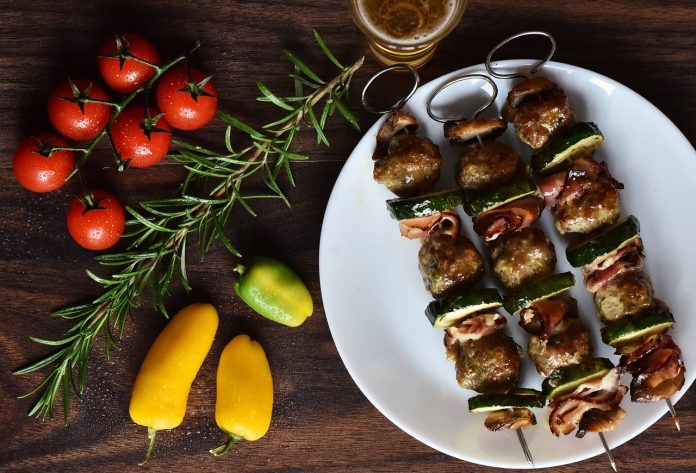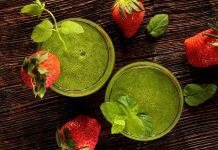
The Feingold diet for hyperkinetic children is based on removing all foods with sugar, preservatives, color dyes and salicylates from a child’s diet. Specific foods are omitted.
Hyperactive children vary from three to 15% of all children depending on the studies I have reviewed. As psychologists, educators and parents have become more aware of hyperactivity, more children have become screened for this disorder. Symptoms are overactivity, distractibility, restlessness and short attention span. Hyperactive children have more problems with their behavior especially relevant, goal-directed, appropriate behaviors.
It was Feingold’s theory that children are born with an inherited predisposition toward hyperactivity, which is triggered by certain food substances. Feingold based his 1973 studies in San Francisco with hyperactive children on a diet free of salicylates, artificial food colors, and artificial flavors. Naturally occurring salicylates in apples, apricots, cherries, currants, grapes, raisins, nectarines, oranges and peaches that were once banned have been found to contain little or no salicylates. Feingold’s basic theory was that 30 to 50% of hyperactive children can be taken off drugs and managed on a diet free of these food substances. Feingold himself considers the artificial colors and flavors to be the most toxic substances to hyperactive children.
A report by the National Advisory Commission on Hyperkinesis and Food Additives to the United States Department of Health, Education and Welfare agreed that “Feingold’s hypothesis was based on clinical findings and not on rigorous clinical trials or experimental research”. Furthermore, a series of experiments on the Feingold Diet’s effect on hyperactive children produced mixed and inconsistent results. While Feingold’s diet has limited success with all hyperactive children, some studies have indicated the diet seems to be more effective with younger children and that further testing of children sensitive to artificial colors shows short-term effects lasting one hour.
Stimulant medication has been the treatment of choice for hyperactive children. A stimulant for someone who is hyperactive actually does slow him or her down.
The important impact of what a child eats should be documented and evaluated. If a child eats food with little or no food value, I would expect a child’s nervous irritability to increase.
The Feingold diet has increased a parent’s concern about what their child eats and involved the parent more in monitoring their child’s diet. I do have some concerns about the Feingold diet because some of the dietary restrictions may cause a nutritional deficiency. The number of fruits and vegetables eliminated in the Feingold diet may prevent an adequate vitamin C intake. I have no problem with parents omitting artificial food colors and artificial food flavors because I do encourage diets using as few sugar and salted snacks foods as possible. A complete artificial color and flavor-free diet may be too time-consuming or too expensive for most families to follow. Also, what about foods hyperactive children eat at schools, friend’s or grandparent’s houses? I would rather teach a child about a nutritious diet and encourage children to make appropriate food choices.
The best diet for a child includes a variety of the basics, such as meats, milk, grains, fruits, and vegetables. The foods should be cooked using as little added salt and sugar as possible. The use of processed foods should be blended with basic foods depending on the time and money a parent has to spend.


